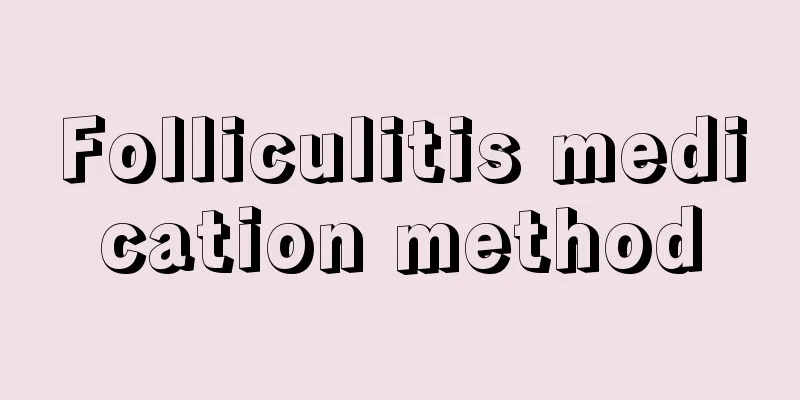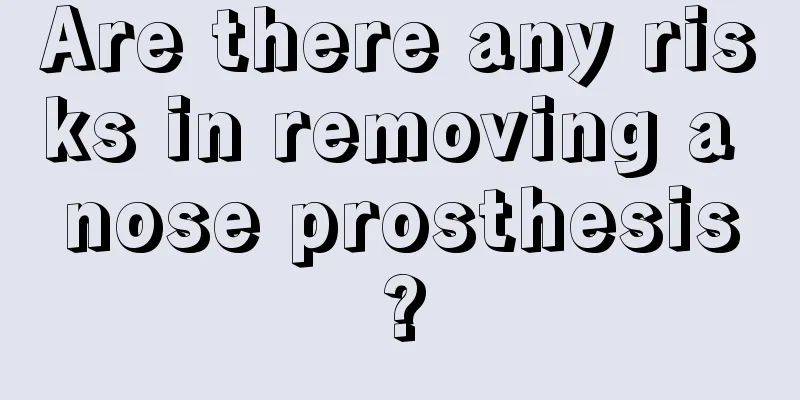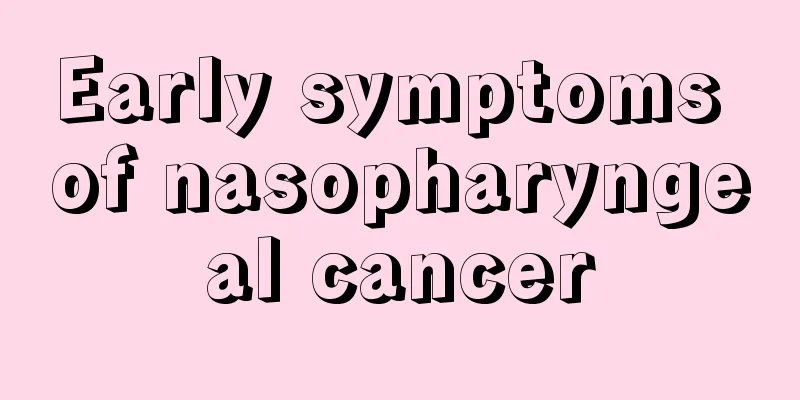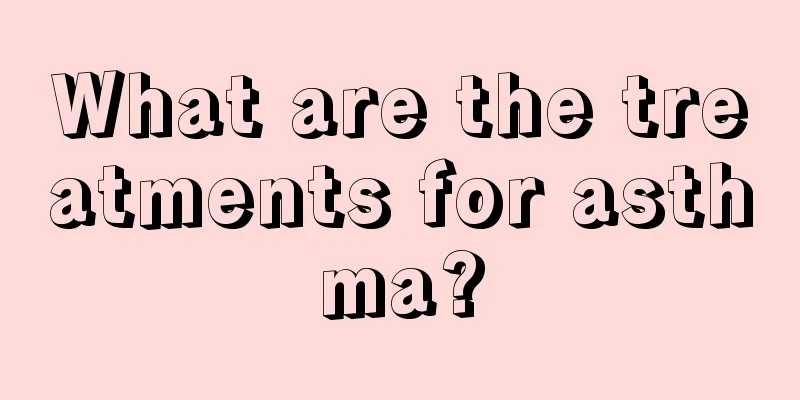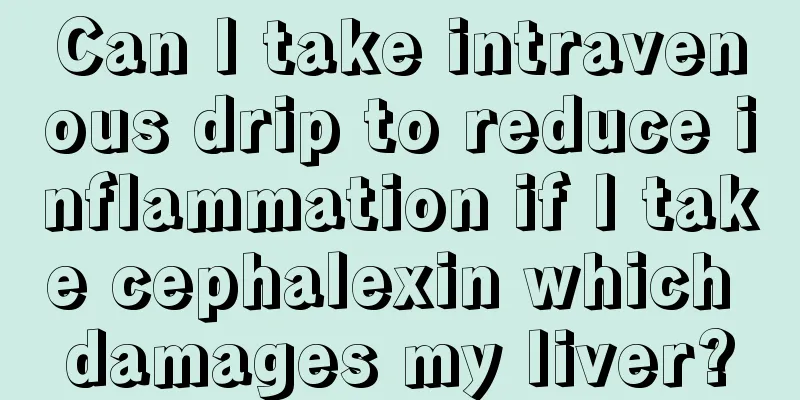Left face numbness and eye discomfort?
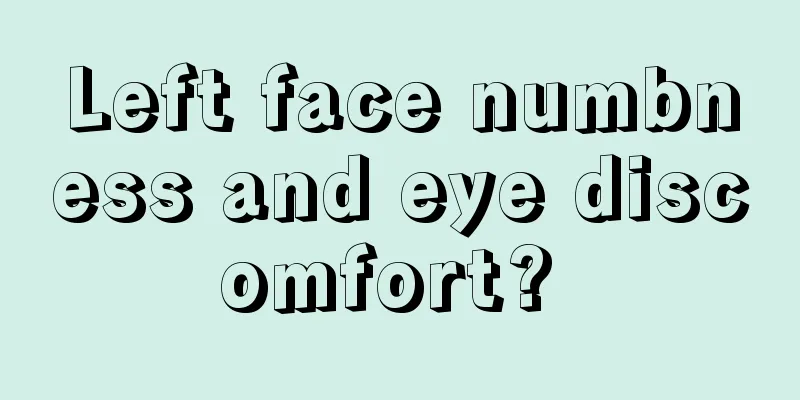
|
Numbness occurs on the left face, and the eyes are uncomfortable. This is usually caused by facial neuritis. It is best to go to the hospital's neurology department for examination and treatment in time. Do not take medicine blindly. The cause of facial neuritis may be cold or other reasons. You can take vitamin B12 orally, and you can also use acupuncture and physical therapy to assist in the treatment. This way the disease will recover faster. What are the symptoms of facial neuritis? Most patients often find that one side of their cheek is not moving properly and their mouth is crooked when they wash their face or rinse their mouth in the early morning. In patients with complete paralysis of the facial expression muscles on the affected side, forehead wrinkles disappear, palpebral fissures widen, nasolabial grooves become flat, and corners of the mouth droop. The affected side should not frown, knit brows, close eyes, puff out air, or purse lips. When puffing out cheeks and whistling, air leaks out because the lips on the affected side cannot close. When eating, food residues often remain in the buccal space on the affected side, and saliva often flows down from that side. Because the lacrimal points are everted with the lower eyelid, the tears cannot be drained normally and overflow. Among them, peripheral facial paralysis has a high incidence rate, and the most common ones are facial neuritis or Bell's palsy. Some patients may have taste disorders in the front 2/3 of the tongue, herpes in the external auditory canal, etc. (I) Symptoms: The disease usually presents with acute onset. Before the onset of the disease, there is often a history of local wind damage, cold or upper respiratory tract infection. Some patients also have pain behind the ear, inside the ear or in the mastoid area on the paralyzed side before the onset of the disease. Most patients often find water leaking from the corners of the mouth on the affected side when they wash up in the morning, their facial movements are not smooth, and the corners of the mouth are crooked; or when eating, they find food accumulation in the tooth-cheek space on one side, and saliva often drips from the corners of the mouth. In addition, typical facial paralysis may also have the following clinical manifestations: inability to close eyes, frown, blow air, purse lips, etc. Some patients also have facial stiffness on the affected side and decreased sweating. When the lesion is located above the stylomastoid foramen, other symptoms may also occur. If the facial nerve is damaged above the stylomastoid foramen and affects the chorda tympani nerve, taste disturbance may occur in the anterior 2/3 of the tongue on the affected side; if the area above the stapedius muscle branch is damaged, taste disturbance and auditory hypersensitivity may occur; when the geniculate ganglion is damaged, in addition to the above symptoms, there is also mastoid pain on the affected side. At the same time, most patients may also develop herpes in the external auditory canal or tympanic membrane, accompanied by severe pain, numbness of the auricle and external auditory canal, which is the so-called geniculate ganglion syndrome (Hunt syndrome), which is caused by the varicella-zoster virus; if the greater superficial petrosal nerve passing through the geniculate ganglion is involved, in addition to Hunt syndrome (no herpes appears on the external auditory canal and tympanic membrane at this time), there is also a decrease in tear secretion on the affected side. Sweating disorder on the affected side of the face. If facial nerve paralysis is not fully recovered, it may leave sequelae, often causing contraction of the paralyzed muscles, deepening the nasolabial groove on the affected side and shrinking the palpebral fissure; some patients may also have facial muscle spasm of the affected side muscles; in addition, some may also experience synkinesia. (II) Physical signs The facial expression muscles on the affected side are paralyzed, the eyelids cannot close or close incompletely, tear secretion decreases, the corneal reflex on the affected side disappears, the nasolabial groove becomes shallow or flat, and the corners of the mouth droop. The patient should not frown, knit his brows, close his eyes, puff his air, show his teeth, purse his lips or whistle on the affected side. |
<<: Why do my eyes itch when I have a cold?
>>: What should I do if I have fat particles around my eyes?
Recommend
The efficacy and function of twister
Many people have seen the mountain twister in lif...
How to remove scale from a thermos bottle
I believe everyone has encountered the scale that...
What's the matter with sweating on the top of the head
During TCM treatment, many patients will report t...
A lot of dandruff appears on my face after applying foundation
When applying liquid foundation, you will often e...
Can I use alcohol to wash my vulva itching
I believe that many women have experienced vulvar...
Can birth month determine life expectancy?
People come into the world in different months, a...
What to do if the cervical spine is afraid of cold and wind
Neck means the neck. The cervical vertebrae are t...
How to distinguish between false strabismus and true strabismus?
Children are prone to strabismus, but some parent...
Can the bulging veins on the forehead be restored?
Protruding forehead veins are a problem that many...
What are the effects and functions of citrine
Citrine is what we often call yellow crystal in o...
Experts analyze why radiotherapy is the first choice for nasopharyngeal carcinoma
As a common cancer disease, nasopharyngeal carcin...
Is lung cancer hereditary? Three disease common sense that lung cancer patients must know
I have a constant cough even though I don't h...
What is the arm circumference standard?
In life, you can find that some people have very ...
What are the treatments for laryngeal cancer
Laryngeal cancer is a common malignant tumor in t...
Can scraping and cupping be performed at the same time
Scraping and cupping are both treatment methods t...
